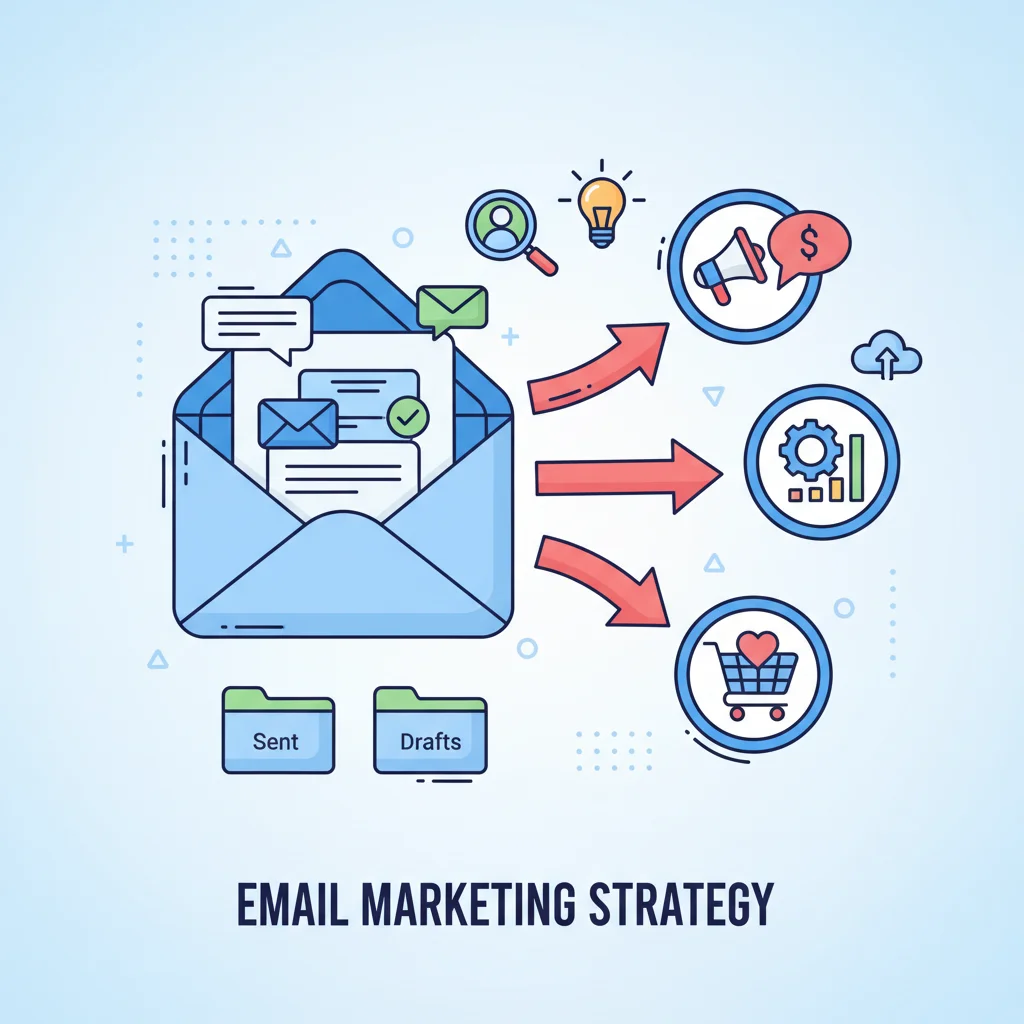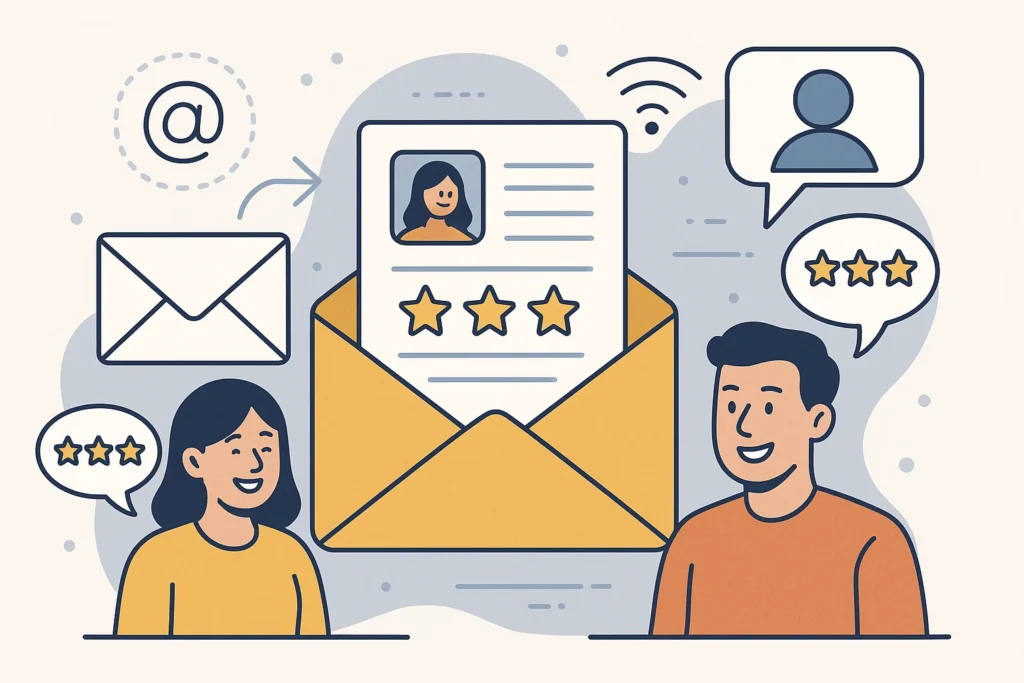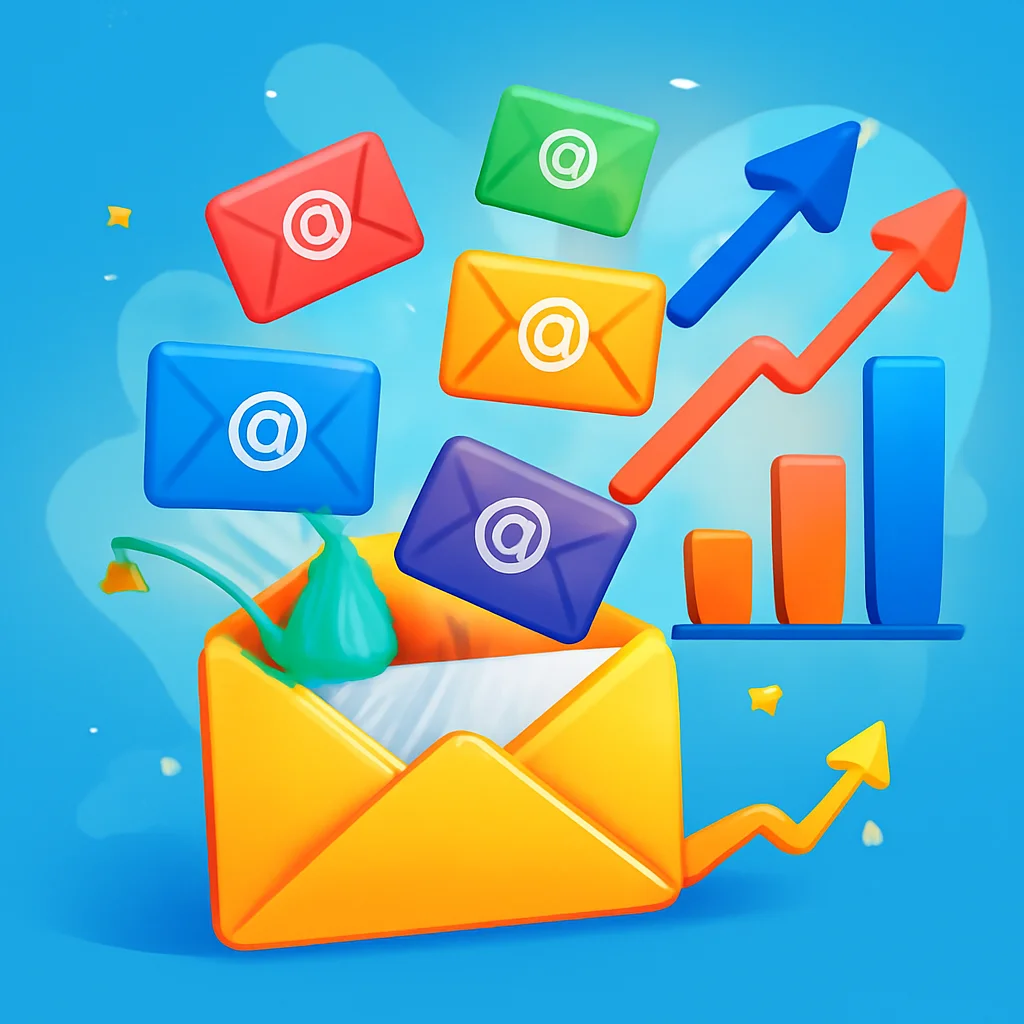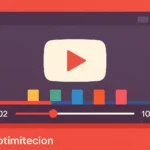Now Reading: Find Your Optimal Marketing Email Frequency Sweet Spot
-
01
Find Your Optimal Marketing Email Frequency Sweet Spot
Find Your Optimal Marketing Email Frequency Sweet Spot

An insurance company increased revenue by 45% by sending MORE emails. A retail store saw revenue plummet 30% after adding just one weekly newsletter. The difference? Finding their optimal marketing email frequency. Let me show you how to find yours.
Key Takeaways
- Most businesses find 1-3 emails per week is the optimal marketing email frequency that balances engagement without causing subscriber burnout
- B2C companies typically send more frequent emails (4-5 times monthly) than B2B companies (2-3 times monthly)
- New subscribers can handle more frequent communication (every other day) while established subscribers may prefer weekly touchpoints
- Email marketers who send one newsletter per week see the highest open rates (33.4%), click-through rates (4.65%), and click-to-open rates (13.91%)
- Your optimal frequency should be based on your customer lifecycle, audience preferences, and email content type
Finding Your Perfect Email Cadence
Let’s be honest-there’s no magical one-size-fits-all answer to how often you should email your subscribers. But there are some pretty solid guidelines backed by actual data (not just random opinions).
The research is clear: most ecommerce and marketing businesses find that sending 1-3 emails per week hits the sweet spot for optimal marketing email frequency. This range typically maintains healthy engagement without causing your subscribers to run for the hills.
But here’s where it gets interesting. Your perfect frequency depends on several factors unique to your business:
Industry Differences Matter
B2B and B2C companies have different optimal frequencies:
- B2B companies: 37% send 2-3 emails monthly, while only 18% send once monthly
- B2C companies: 37% also send 2-3 emails monthly, but 30% send 4-5 emails monthly
This makes sense when you think about it. Consumer brands often have more frequent offers, deals, and product updates to share compared to business-focused companies.
Fashion retailers, for example, might send 6+ emails weekly during peak seasons. Meanwhile, a SaaS company sending that many would drive customers crazy! One study even found that fashion retailer Net-A-Porter increased conversions when they reduced emails from 10 per week to just two.
Subscriber Lifecycle Stage
Your relationship with subscribers evolves over time, and so should your email frequency:
- New subscribers: Can typically handle more frequent communication (every other day) during the first month
- Regular purchasers: Often welcome more frequent updates about new products
- Occasional browsers: Need less communication to avoid overwhelm
- Disengaged subscribers: 63.3% of marketers reduce frequency for these folks
One retail brand I worked with created a “high engagement” segment that received daily emails during sale periods. Their unsubscribe rate stayed below 0.2% while conversion rates doubled compared to their standard list.
Useful Articles:
The Impact Of Email Type On Frequency
Not all emails are created equal, and different types warrant different sending frequencies.
Promotional Emails
These are your sales, discounts, and special offers. Data shows you should:
- Limit promotional emails to 1-2 times weekly
- Pair time-sensitive offers with genuine value
- Consider combining promotional content with educational info
I’ve found that promotional emails perform best when they’re not your only type of communication. Nobody wants to be sold to constantly.
Newsletters
Newsletters build relationship and trust through valuable content:
- Commit to a regular pattern (weekly or bi-weekly)
- Build anticipation with consistently valuable content
- Test long-form versus short-form with your audience
GetResponse’s research showed that marketers who send one newsletter per week see the highest open rates (33.4%), click-through rates (4.65%), and click-to-open rates (13.91%).
Transactional Emails
These order confirmations and updates are expected and welcomed:
- Send for all relevant purchases and order updates
- Consider combining order and payment messages
- Use clean designs that highlight important info
Transactional emails have 8x the opens and clicks of other emails, so don’t waste this opportunity for engagement!
Automated Sequences
Triggered by specific actions, these are your highest performers:
- Welcome series (3-5 emails over 2 weeks)
- Abandoned cart (3 emails over 48 hours)
- Post-purchase (2-3 emails over 2 weeks)
Omnisend research showed that in recent years, automated emails drove 18% of orders while making up only 9% of sends. That’s efficiency!
Warning Signs You’re Emailing Too Often
How do you know if you’ve crossed the line from helpful to annoying? Watch for these red flags:
- Rising unsubscribe rates: If they spike after increasing frequency, you’ve found your audience’s threshold
- Declining open rates: A gradual decline is normal, but sudden drops signal frequency issues
- Increasing spam complaints: This damages your sender reputation and future deliverability
- Reduced click-through rates: Engagement dropping means content isn’t resonating or is too frequent
One apparel brand I consulted with was eager to create an impression early on. They decided to blast discount emails EVERY DAY with zero segmentation. Within a month, their unsubscribe rate increased by 500%! Yikes.
Useful Articles:
Warning Signs You’re Not Emailing Enough
On the flip side, sending too few emails creates different problems:
- Brand becomes forgettable: Out of sight, out of mind
- Difficulty building momentum: Sporadic sending makes it harder to maintain engagement
- Lost revenue opportunities: Each missed email is a missed chance to convert
- Subscriber list decay: Emails to long-dormant subscribers are more likely to bounce
An insurance company increased revenue by 45% simply by increasing email frequency from once yearly to monthly. Their customers actually wanted more communication!
How To Find Your Optimal Marketing Email Frequency
Now for the practical part-how do you actually figure out your perfect sending schedule?
1. Start With Industry Benchmarks
Begin with these general guidelines:
- Small businesses (1,000-2,000 subscribers): Start with once weekly
- Medium businesses (10,000+ subscribers): 4-5 emails weekly is often sustainable
- B2B companies: 2-3 emails monthly
- B2C companies: 4-5 emails monthly
2. Segment Your Audience
Create different sending schedules based on:
- Engagement level: High engagers can receive more frequent emails
- Purchase history: Recent purchasers may need space, while browsers need reminders
- Stated preferences: Let subscribers choose their preferred frequency
Return Path conducted an experiment where they:
- Increased emails for primary users (83% of opens) by one additional email weekly
- Increased emails for secondary users (16% of opens) by one email biweekly
The result? A 40.1% increase in ROI!
3. A/B Test Your Frequency
The most reliable way to find your optimal frequency is through testing:
- Create multiple test groups receiving different email frequencies
- Run the test for 3-4 weeks minimum
- Compare open rates, clicks, unsubscribes, and revenue between groups
One ecommerce client tested sending 2 vs. 4 emails weekly to their list. While the 4-email group generated 30% more total revenue, their unsubscribe rate was 2.5x higher. They settled on 3 weekly emails as their sweet spot.
4. Let Subscribers Choose
The most elegant solution? Let subscribers decide:
- Offer frequency options during signup
- Provide preference centers where subscribers can update choices
- Create “digest” options that combine multiple messages
When FeedFeed implemented subscriber choice, allowing users to decide between weekly, daily, or both types of emails, their unsubscribe rate dropped by 38%.
Useful Articles:
Timing Matters As Much As Frequency
When you send is just as important as how often:
- Best day for opens: Tuesday (11.36% open rate)
- Best day for conversions: Friday
- Best time: Between 8am-6pm in the recipient’s time zone
- Best days of month: 10th and 24th for opens, 2nd and 26th for clicks, 1st and 30th for conversions
Time-sensitive offers are most effective within the first hour of delivery, with open rates around 19% during that window.
Content Quality Trumps Quantity
Here’s a truth bomb: great content can support higher frequency, while mediocre content will fail regardless of schedule.
If your emails consistently provide value, subscribers will tolerate-even welcome-more frequent communication. In fact, 48% of subscribers say they want better, more informative email content rather than fewer emails.
Focus on these elements:
- Relevance: Tailor content to subscriber interests and behaviors
- Value: Each email should solve a problem or fulfill a need
- Variety: Mix promotional, educational, and entertaining content
- Personalization: Use subscriber data to customize messaging
One study found that 55% of users opt out of emails because the content becomes irrelevant to them-not necessarily because of frequency.
Seasonal Adjustments To Email Frequency
Smart marketers adjust their sending schedule throughout the year:
- Peak shopping seasons: Increase frequency during holidays, Black Friday, etc.
- Industry-specific busy periods: Align with your business cycle
- Slow periods: Scale back to maintain list health
During peak shopping events, subscribers typically tolerate and engage with more frequent messages. Just be sure to scale back during slower periods to avoid fatigue.
The Role Of Automation In Optimal Frequency
Automation helps you send the right message at the right time without overwhelming subscribers:
- Welcome sequences introduce new subscribers to your brand
- Abandoned cart emails recover potential lost sales
- Post-purchase sequences encourage reviews and repeat purchases
- Re-engagement campaigns win back inactive subscribers
These targeted messages typically generate higher returns than regular campaigns. They’re also perceived differently by subscribers since they’re triggered by specific actions.
Balancing Frequency With List Health
Your email list is a valuable asset that needs protection. Higher frequency can accelerate list burnout if not managed carefully:
- Regular list cleaning: Remove long-term unengaged subscribers
- Re-permission campaigns: Ask inactive subscribers if they want to stay subscribed
- Sunset policies: Automatically reduce frequency for disengaged subscribers
One marketing agency implemented a sunset policy that reduced frequency for subscribers who hadn’t opened emails in 30 days. Their overall deliverability improved by 15%, and their conversion rate increased despite sending fewer total emails.
Finding your optimal marketing email frequency isn’t a one-time task-it’s an ongoing process of testing, learning, and adjusting. What works today might not work tomorrow as your audience and business evolve. Stay flexible, watch your metrics, and always prioritize subscriber experience over short-term gains. Your email list will thank you with higher engagement, fewer unsubscribes, and ultimately, better results for your bottom line.




















